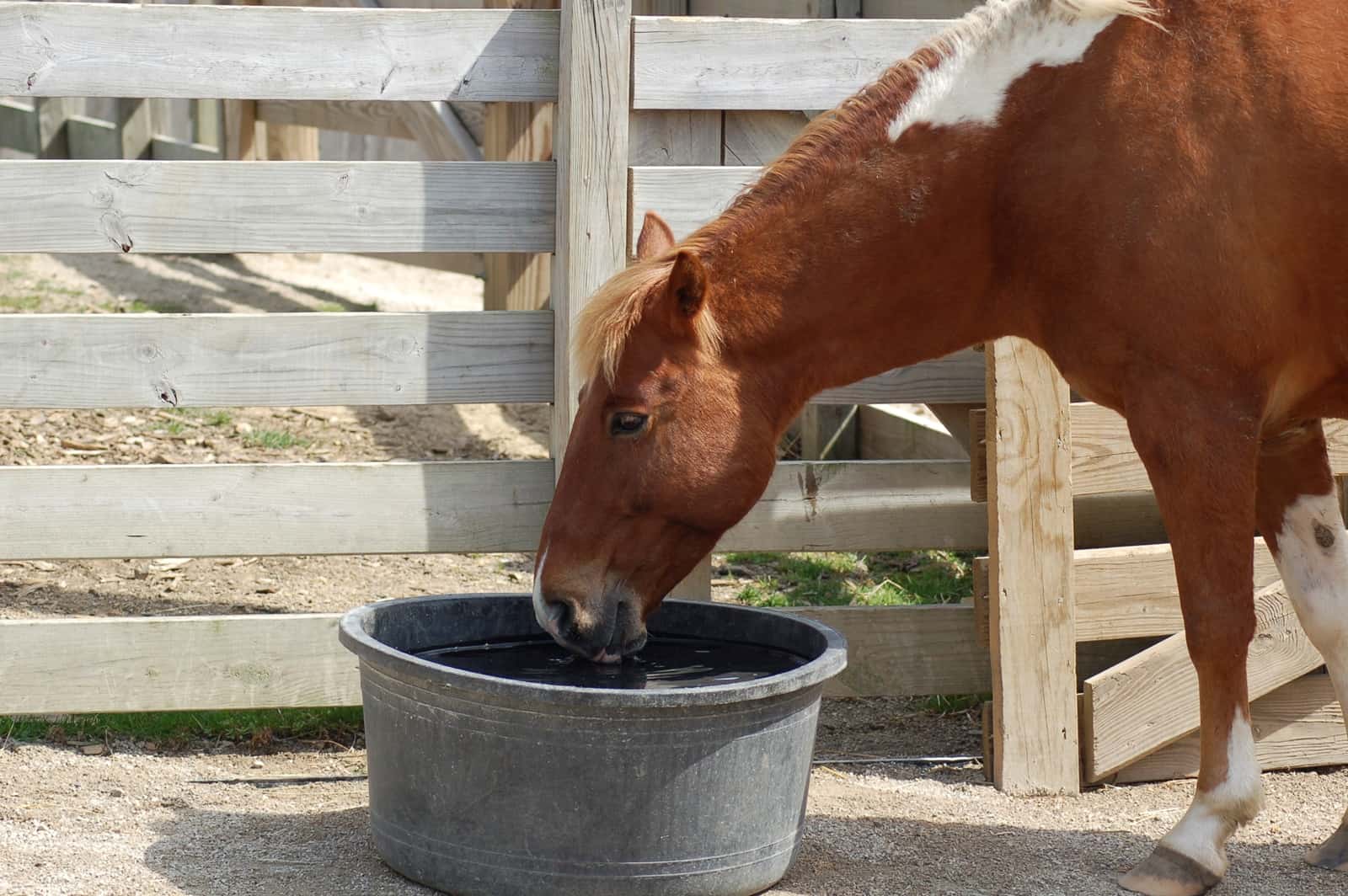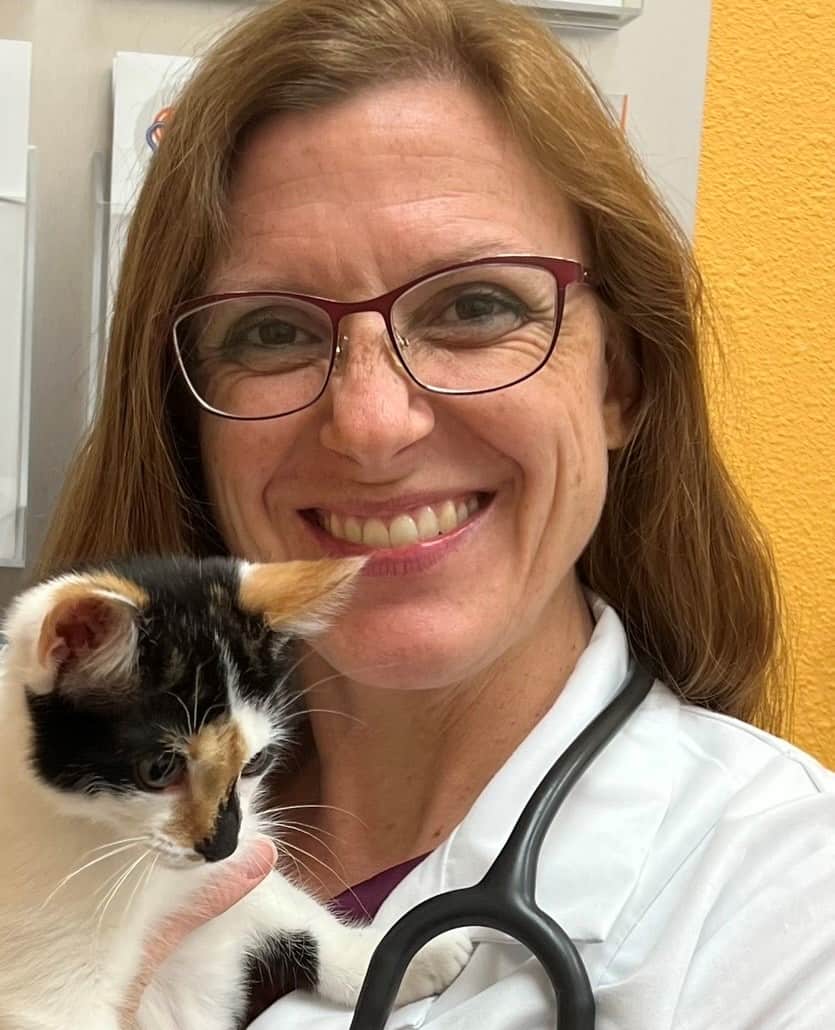The Best Way to Cool Your Horse? Hydration.

Various techniques can be used to cool horses when their body temperatures soar—for example, external cooling with water. But ensuring adequate hydration before starting a workout or competition is the best way to help minimize heat stress and dehydration, notes Michael Lindinger, PhD, president of The Nutraceutical Alliance, in Burlington, Ontario.
Horses regulate their internal body temperatures—a process called thermoregulation—using assorted mechanisms, Lindinger said during his presentation at the 2022 virtual EquiSummit event. Most importantly, the hypothalamus in the brain senses hot blood and/or skin and sends out signals to: (1) dilate blood vessels in the skin and (2) stimulate sweat production.
In a resting horse the blood vessels in muscles and skin are not vasodilated (relaxed). But with exercise and an increase in core and skin temperature, horses experience marked vasodilation.
“During exercise, large amounts of heat are produced by the contracting muscles,” he said. “Blood flowing through those muscles also increases during exercise, and this heated blood flows to the skin, where heat can then be transferred to the environment through the skin. This route of heat loss at the skin is, however, secondary to the cooling effect caused by the evaporation of sweat from the skin and hair coat.”
Both cooling methods require a well-hydrated horse. Lindinger explained that dehydration decreases blood volume and blood flow to the muscles and skin, resulting in potentially catastrophic increases in body temperature.
Let Your Horse Drink
“The better a horse is hydrated the better they can sweat and thermoregulate,” he said. “Therefore, horses should be allowed to drink as much as possible before, during, and after exercise, especially with added electrolytes. Dehydration decreases the horse’s ability to move blood from muscles that generate heat to the skin where cooling occurs.”
Horses can sweat 10-20 or more liters of sweat per hour (equivalent to 2.5-5 gallons), and they continue to sweat even while recovering from exercise. Keeping these horses hydrated, or rehydrating them after exercise, requires electrolytes.
“Water alone won’t be retained in the horse’s body. That water will just pass in the urine. Electrolytes are required to retain fluid in the body and help distribute fluid where it is needed,” Lindinger said.
Further, he encouraged owners to think about hydrating their horses before even leaving for a competition because transport itself can be considered a workout that stresses the horse.
“The ideal time frame for offering electrolytes in water is within one hour of the horse being trained. This produces some reservoir of water and electrolytes in the gastrointestinal tract that helps replace water and ions lost through sweating,” Lindinger said.
Prioritizing your horse’s hydration status will not only stave off heat stress but also improve the horse’s physical and mental performance.
Room-Temperature Water Better Than Ice for Rapid Cooling in Horses
During his presentation Lindinger recommended rapid cooling with ice water when horses’ rectal temperatures exceed 39 degrees C (102.2 degrees F).
That said, he relayed recent research showing continuous water application with water temperatures between 20 and 26 degrees C (60-78.8 degrees F) is more effective than ice water for rapid cooling.
“This is because ice-cold water does cause some vasoconstriction of blood vessels in the skin, slowing the rate of heat transfer from body to environment,” he said.
He also warned against putting coolers on horses—sheets marketed to help cool horses down—at all costs.
“They aren’t coolers at all,” said Lindinger. “They’re actually ‘heaters’ because they reduce the ability of the horse to dissipate heat from the skin. Coolers should only be used after the horse is cooled down, which can be checked by rectal temperature.”
Take-Home Message
Horses can thermoregulate, but to do so effectively they must be adequately hydrated. Add electrolytes to your horse’s water to help him retain and distribute fluid, and focus on hydration to avoid heat stress and reduced performance.

Written by:
Stacey Oke, DVM, MSc
Related Articles
Stay on top of the most recent Horse Health news with















